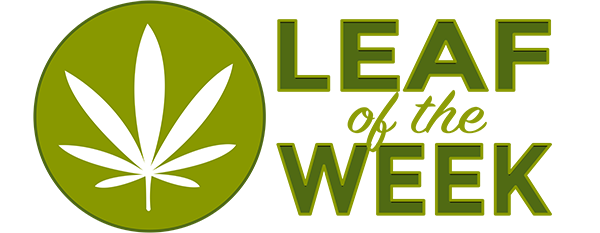To Smoke or To Smoke? Coloradoans Are Being Forced To Ask!

Smoking a joint and breathing air on a high particulate day exposes your lungs to a variety of harmful substances. The nature and concentration of these substances can vary significantly. Here’s a comparison based on the types of pollutants involved and a chat about health concerns and remediation:
Smoking a Joint
1. Combustion Products: Smoking a joint produces combustion products, including tar, carbon monoxide, ammonia, and other toxic substances.
2. Cannabinoids: The smoke contains cannabinoids like THC and CBD, which can have various physiological effects.
3. Carcinogens: Cannabis smoke contains many of the same carcinogens found in tobacco smoke, though in different concentrations.
4. Immediate Impact: Inhalation of cannabis smoke leads to immediate exposure to these substances, which can irritate the lungs and contribute to respiratory issues.
For real time tracking of pollution across the US and locally, PurpleAir is amazing! Here is the macro view showing the smoke moving down from Canada directly to Colorado.

Breathing Air on a High Particulate Day
1. Particulate Matter (PM2.5 and PM10, with PM meaning “parts per million”): High particulate days involve elevated levels of PM2.5 and PM10, which are tiny particles that can penetrate deep into the lungs and even enter the bloodstream.
2. Sources of Particulates: These particles come from various sources, including vehicle emissions, industrial processes, wildfires, and dust.
3. Health Effects: Long-term exposure to high levels of particulate matter can lead to respiratory and cardiovascular diseases, reduced lung function, and aggravated asthma.
4. Vulnerability: People with pre-existing health conditions, children, and the elderly are particularly vulnerable to the effects of particulate matter.

PurpleAir of the Boulder Valley 10:21 AM MT 7/23/2024
Comparative Analysis
– Exposure Duration: Smoking a joint results in a relatively short, intense exposure to harmful substances, whereas breathing polluted air involves continuous exposure over an extended period.
– Concentration of Pollutants: The concentration of harmful substances is generally higher in cannabis smoke than in ambient air, but the cumulative effect of long-term exposure to air pollution can be severe.
– Types of Pollutants: While both scenarios involve inhaling particulate matter, the specific types of chemicals and their health impacts differ. Cannabis smoke contains more organic compounds and carcinogens, while ambient air pollution includes a broader range of particulates and gases.
– Health Impact: Both activities can harm lung health, but smoking a joint has immediate, acute effects, while air pollution contributes to chronic health problems over time.
While both smoking a joint and breathing air on a high particulate day are harmful to lung health, they affect the body in different ways. Immediate exposure from smoking a joint introduces higher concentrations of certain harmful substances, whereas continuous exposure to high particulate matter in the air poses significant long-term health risks.
Recommendations:
I would consider skipping joints for a few days and instead relying upon edibles. Vaping is of course an option. Simultaneously smoking a joint and breathing the smokey air is a poor choice IMO (in my opinion). Personally I’m breaking out a mask for the time I spend outside. Set aside combustion for consumption for a few days and utilize the alternatives. Follow the “normal” CDPHE guidelines for bad air days. Stay safe!
Lenny Lensworth Frieling
Shared Knowledge Is Power!




